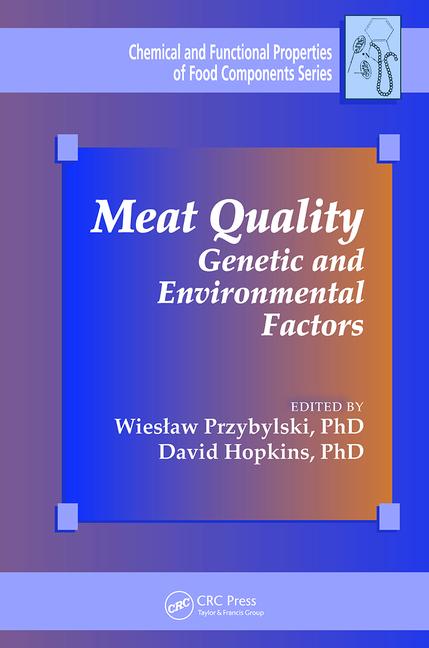AMI suggests improvements to FSIS Compliance Guide for controlling Salmonella in market hogs
Federal Register Notice, FSIS-2012-0026, Compliance Guideline for Controlling Salmonella in Market Hogs has significant flaws and incorrectly suggests that current processes are not effective in controlling Salmonella, according to comments AMI submittedFriday to the Food Safety and Inspection Service (FSIS).
"Throughout the guideline FSIS asserts that [market hog] slaughter management practices should be improved to address Salmonella. In addition, foodborne illness outbreaks attributed to pork are used to support the 'need' for this compliance guideline, purportedly because products derived from market hogs were the cause of Salmonella illnesses," AMI said.
The Institute stressed that current processes used in federally inspected market hog processing plants are effective in controlling Salmonella. According to AMI, previous market hog baselines completed in 1996 and 1998 and the latest baseline completed in 2011 demonstrate continuous improvement in percent positive Salmonella. The first survey reported a Salmonella percent positive of 8.7% and the second survey reported a Salmonella percent positive of 6.9%. The 2010-2011 report states, "The estimated prevalence of Salmonella in Market Hogs is 1.66% (confidence interval of between 0.82% and 2.51)." In addition, there have been no FSIS recalls for raw pork products related to Salmonella illness from 1999-2013 and from 2006-2011 the FSIS verification sampling for Salmonella averaged 2.9%, significantly less than the performance standard of 8.7%.
AMI pointed out that the Guide states that during the 2010-2011 market hog baseline shake down period, Campylobacter was not detected and because of these results Campylobacter was not sampled. Not finding Campylobacter during the shakedown period points to the success of current processes being effective in controlling Campylobacter.
The guideline says, "Outbreaks resulting in human Salmonella illnesses involving pork have been consistently identified on an annual basis, suggesting pork as a vehicle for salmonellosis." But AMI stated that while CDC data can be useful, it should not be used to make policy without further investigating the cause. Finally, AMI urged the agency to clarify whether the compliance guide is a recommendation or a regulatory requirement.
Source: AMI
Looking for a reprint of this article?
From high-res PDFs to custom plaques, order your copy today!






